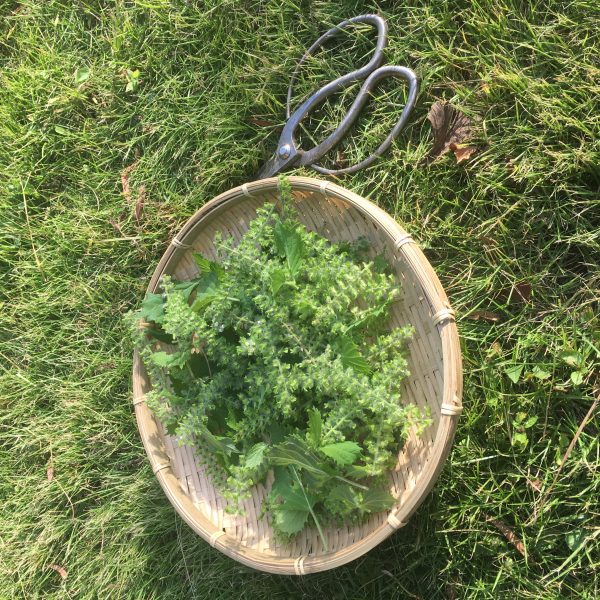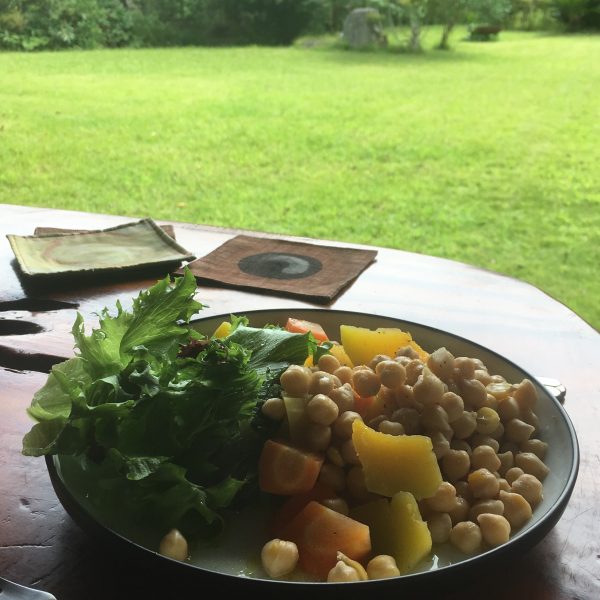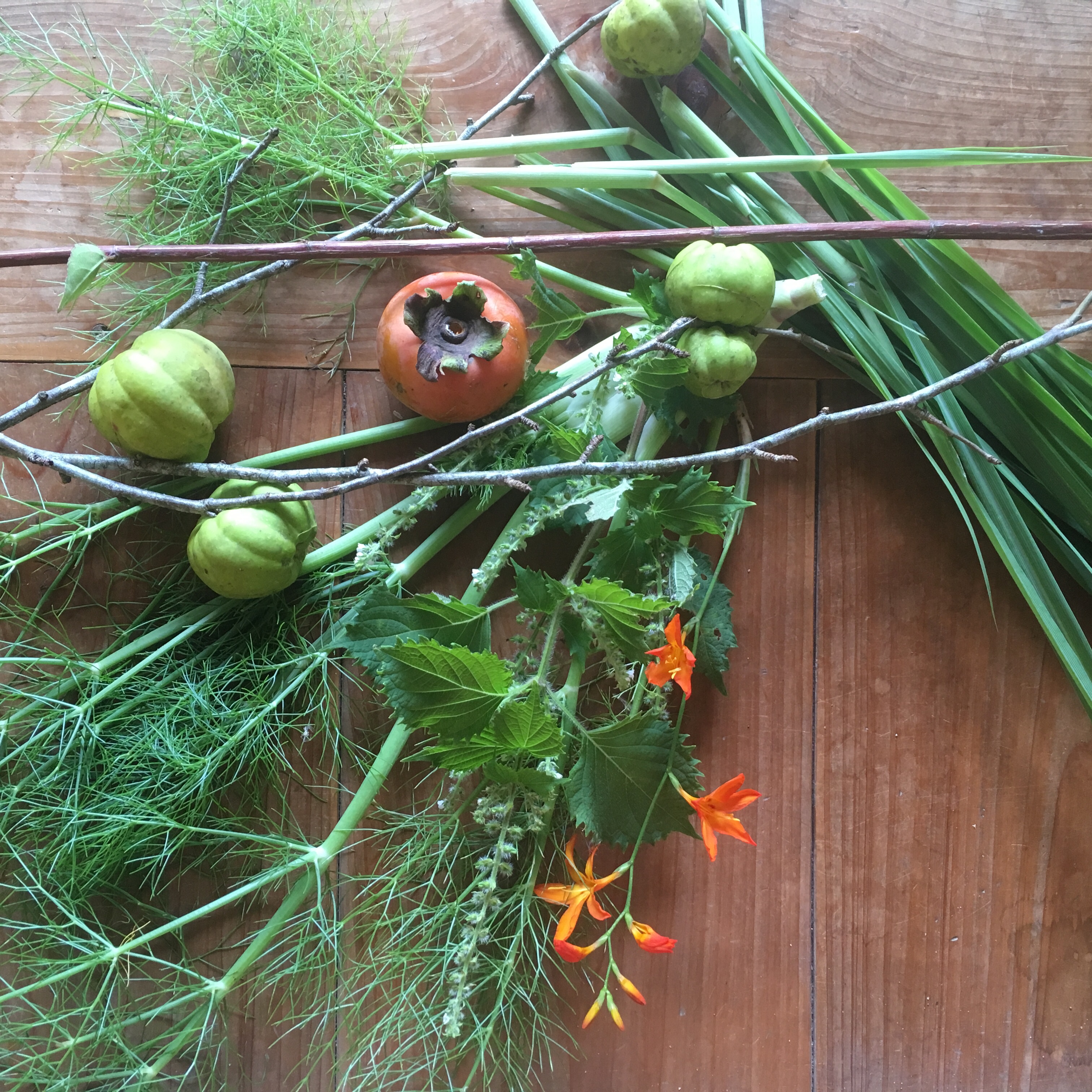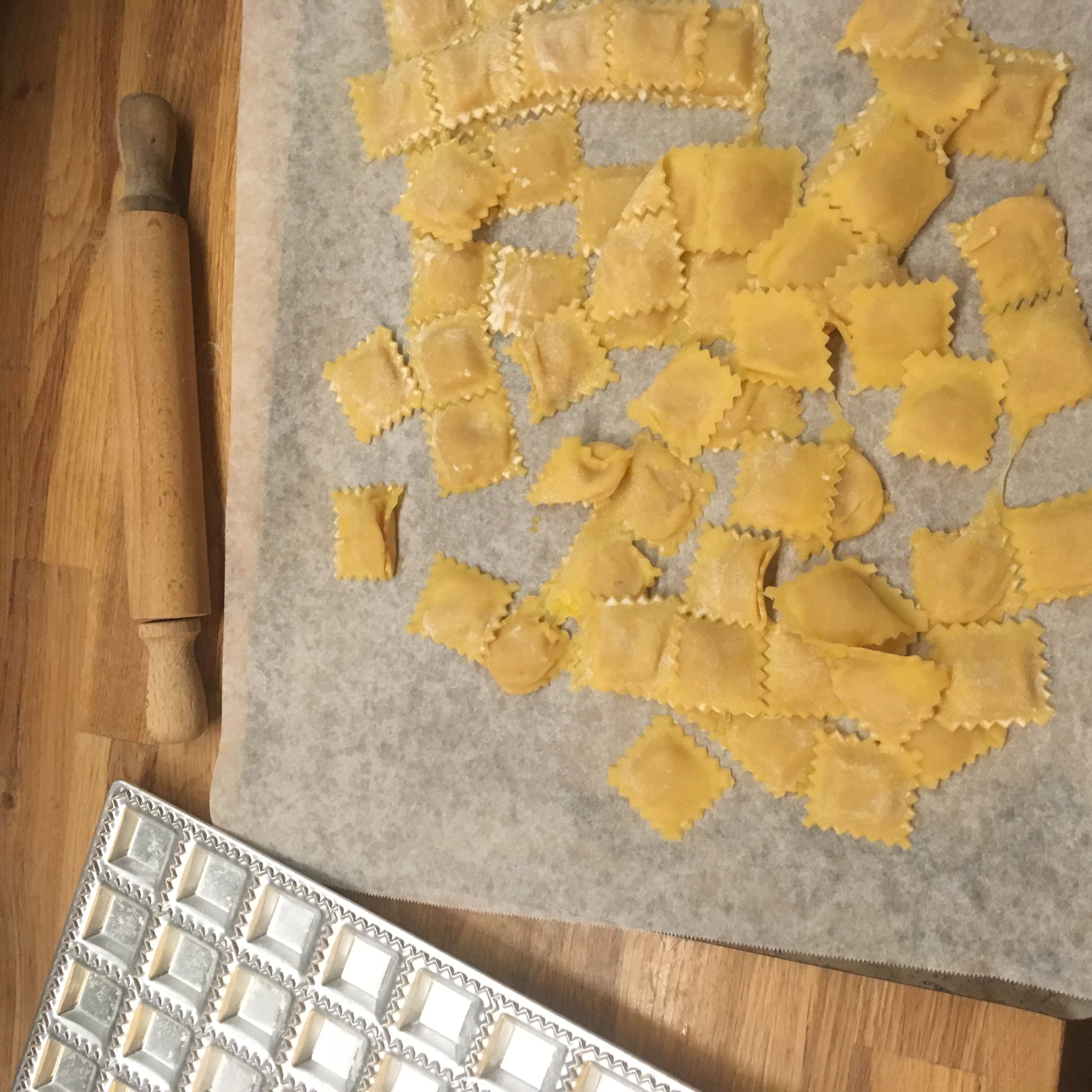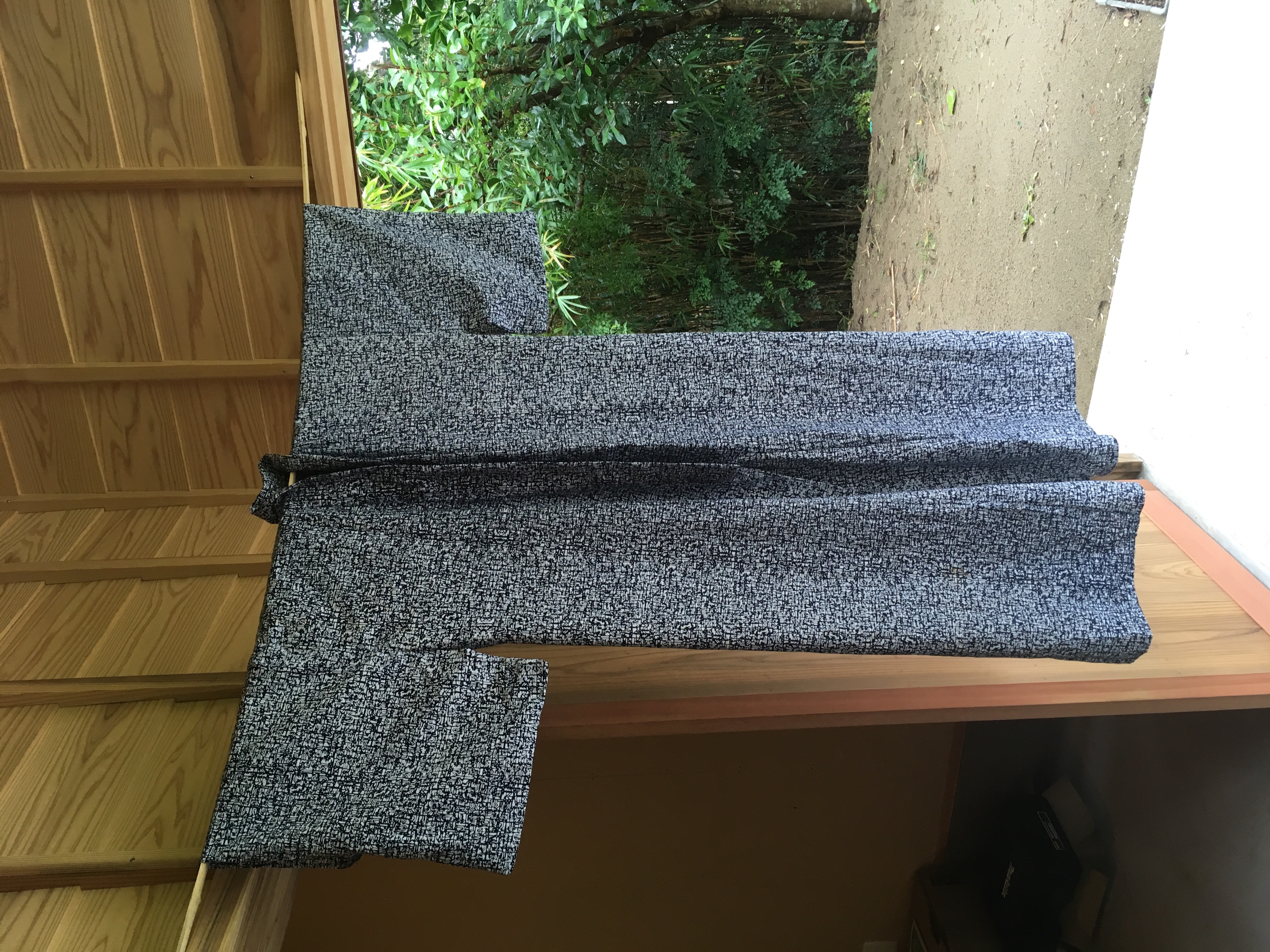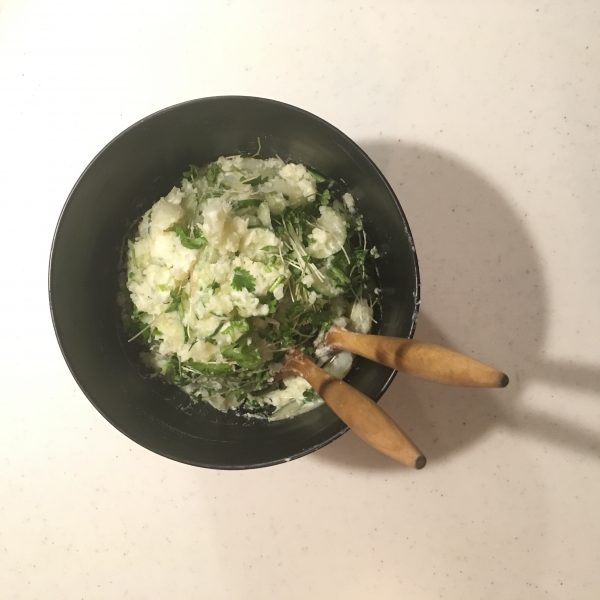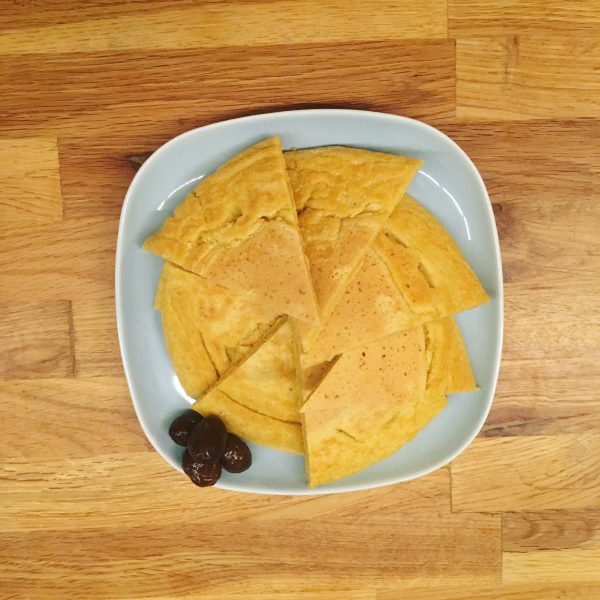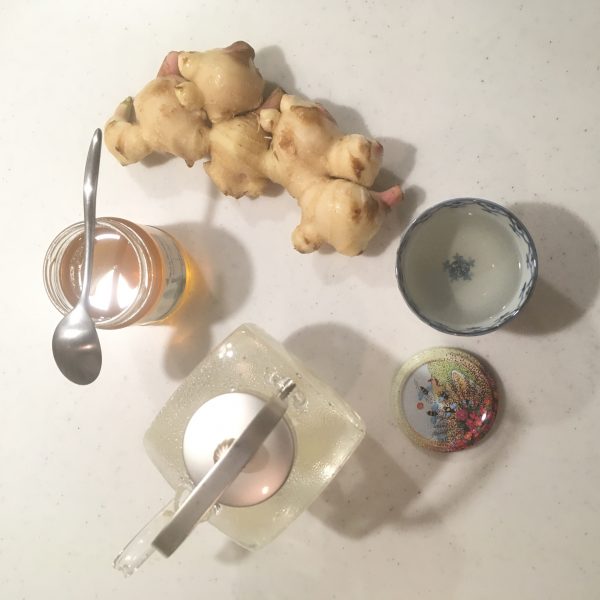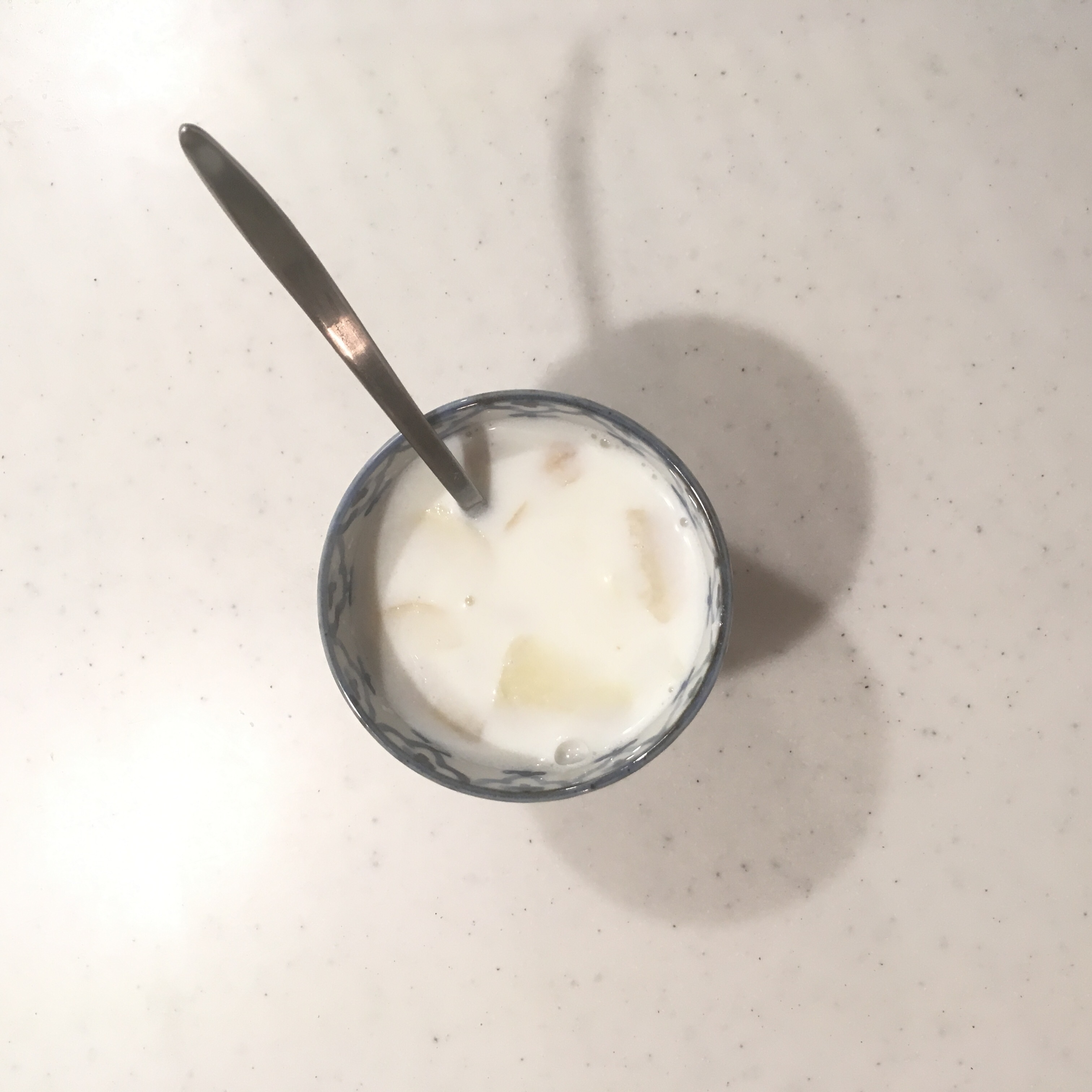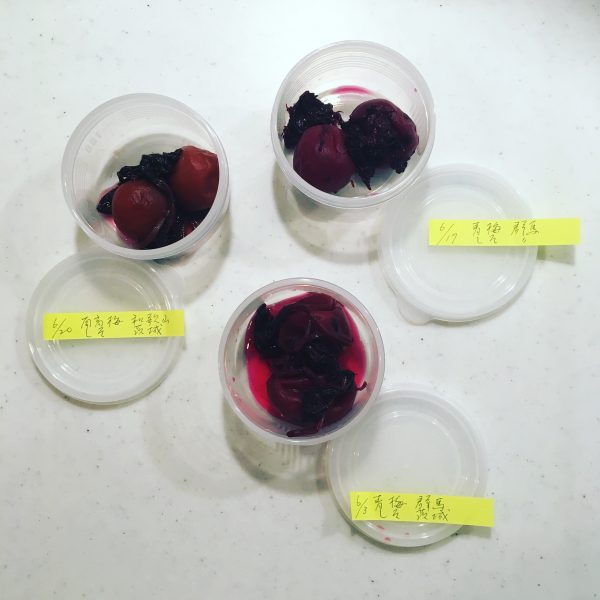If you like Japanese food or have traveled to Japan you that green leaf for sure!! Perilla, or shiso 紫蘇, or ooba 大葉 grows very easily and spreads like weed in both planters and the garden. It requires very little maintenance and grows every year with more and more plants, only the caterpillars seems to like it. I never planted any in our garden but it’s been growing steadily every year. It blooms in the early autumn and the flowers are really delicious. And this year I harvested plenty of flowers so it’s time to prepare them. So far I was using them always the same way: in miso and to make some kind of tempura. I call them fake tempura because they are deep fried, but I use a simple mixture of flour and cold water just like for tempura.
This year I am also trying something new: I want to make syrup. For that my plan is to use the same recipe as the lavender syrup and replace the lavender flowers by shiso flowers. I’ll update you in a few days when it’s ready!!
In the meantime have a good week!!
